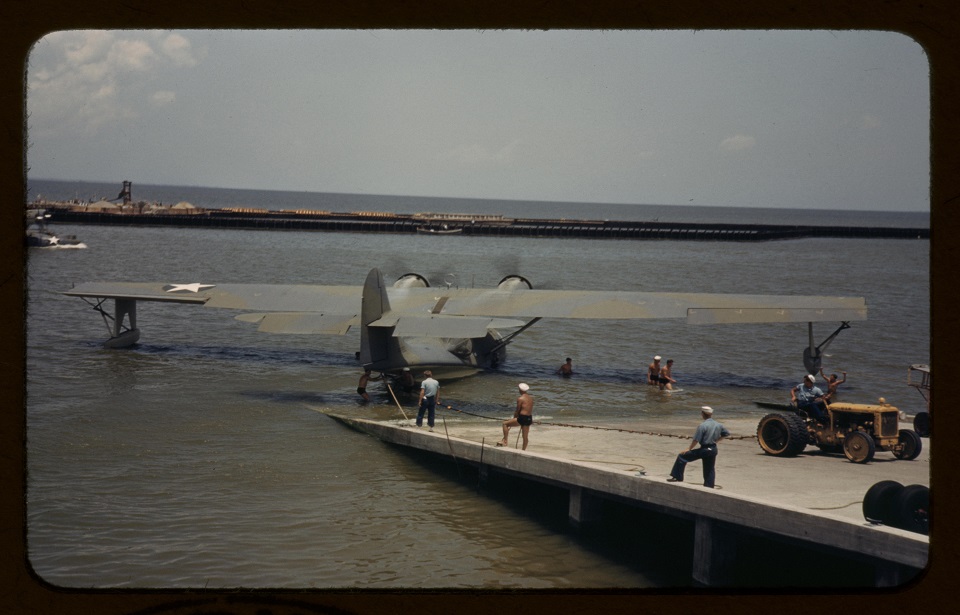Prior to the end of the second world war, flying boats were an important tool for navies all around the world. The US Navy was no different and fielded a number of successful flying boat designs. Even into the post-war era, the Navy continued operating these aircraft, but today they have little need for flying boats.
Many of the advantages brought by flying boats and seaplanes were useful before the Cold War, but since then improvements in conventional aircraft and infrastructure have essentially rendered them obsolete. The monstrous flying boats are mostly a thing of the past.
Flying boats
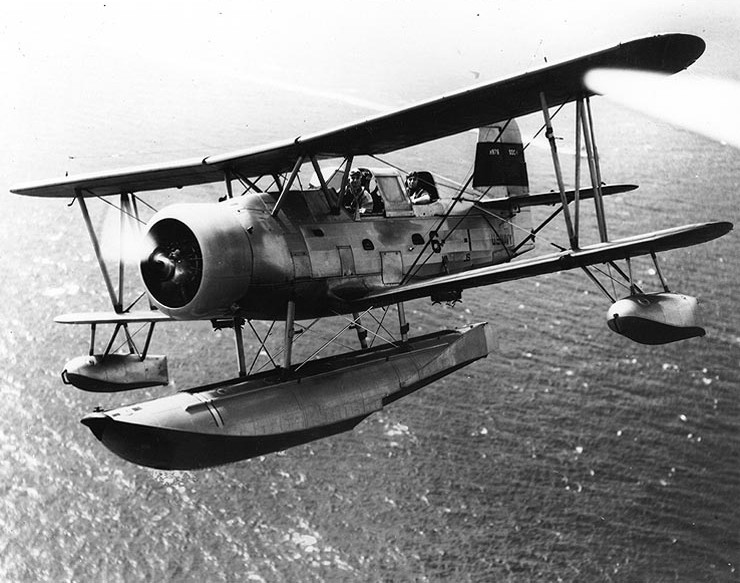
As the name implies, flying boats fly like normal aircraft for the most part but can land on water and float like a boat. When describing these aircraft, the terms seaplane, floatplane, and flying boat are used interchangeably, but each of these terms actually means different things.
Flying boats are aircraft with a boat-like hull that allows them to land on water. Meanwhile, floatplanes use floats positioned under the aircraft for buoyancy. The term seaplane encompasses both and is used to describe an aircraft that can land on water via any means. Some seaplanes can land on land too with retractable landing gear and are known as amphibious aircraft.
Regardless of the type, their ability to take off and land without relying on runways makes them exceptionally versatile. They are particularly useful in remote locations that lack the infrastructure to handle aircraft. In the past, they could make longer trips as they could refuel anywhere, rather than relying on airfields along the route.
As they didn’t need runways (often a crucial factor that limits the size of aircraft), they grew to immense sizes, and many seaplanes were ranked among the largest aircraft in the world before the Cold War. Many remote locations don’t have landing strips, and even if they do, they aren’t capable of handling large aircraft. For seaplanes, this is not an issue.
They were safer in emergencies over water too, as they could simply touch down on the sea and the crew could carry out repairs or await rescue. Some larger flying boats serve as waterbombers to fight fires, as they are able to quickly pick up water and return to the fire.
US Navy
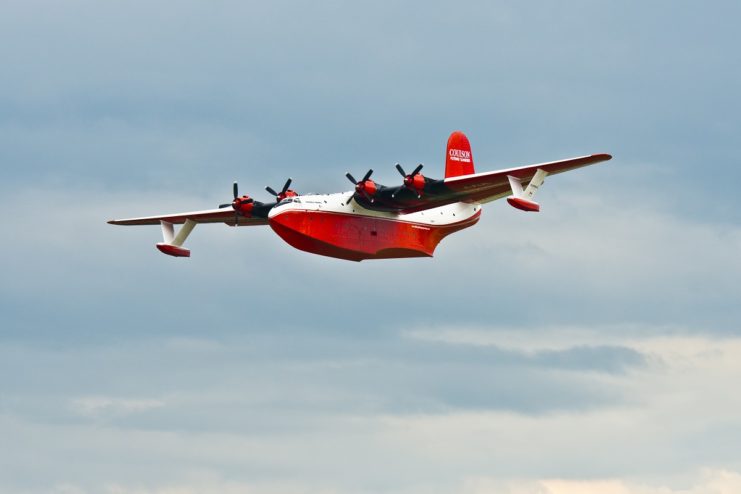
Naturally, the size and versatility of flying boats were attractive to navies all over the globe. The US Navy invested heavily in these aircraft. Like in civilian use, they were useful in remote areas where they could deliver men and supplies without the need for a runway. In addition, existing airfields can be destroyed by bombs, while the ocean cannot.
Their range, safety, and size made them useful in anti-submarine and aerial reconnaissance roles, while their ocean-faring qualities made them perfect for search and rescue missions. Flying boats could simply land next to stranded people and haul them on board.
One of the most well-known of all US Navy flying boats is the PBY Catalina, which was famous for its work in air-sea rescue and patrolling the oceans during WWII. Over 3,300 Catalina’s were built and served in all theaters. It first flew in 1935 and remained in military service with some countries until the 1980s. The type still flies today as a waterbomber.
The Martin Mars was the largest Allied flying boat to enter production, although it was only built in small numbers. It was of gargantuan proportions; weighing over 80 tons and possessing a 60-meter wingspan. The Martin Mariner was smaller but produced in much larger numbers and served as a patrol bomber throughout WWII.
The need for flying boats was heavily diminished by the time WWII ended, but their development continued on with a few different models, some of which incorporated new technologies coming through with the jet age.
The Convair R3Y Tradewind for example; a turboprop-powered transport that first flew in 1954.
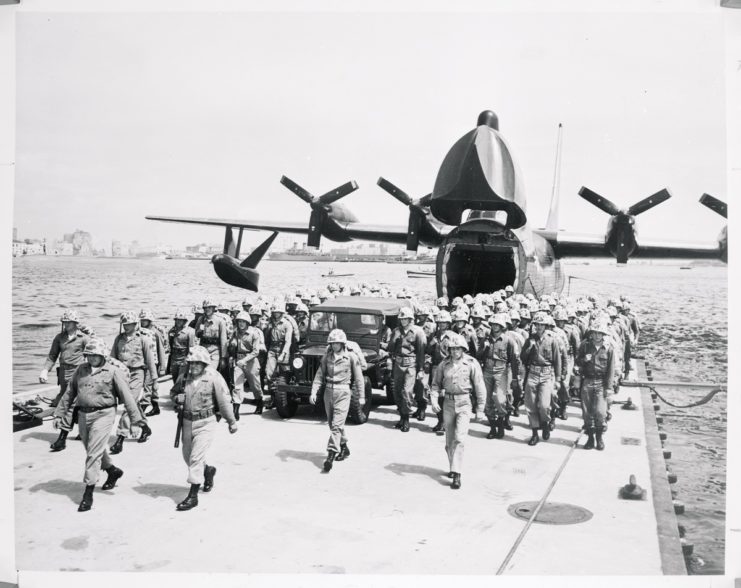
The Martin P6M SeaMaster was a jet-powered bomber flying boat developed for the Navy as a nuclear weapons delivery platform. It could almost reach 700 mph.
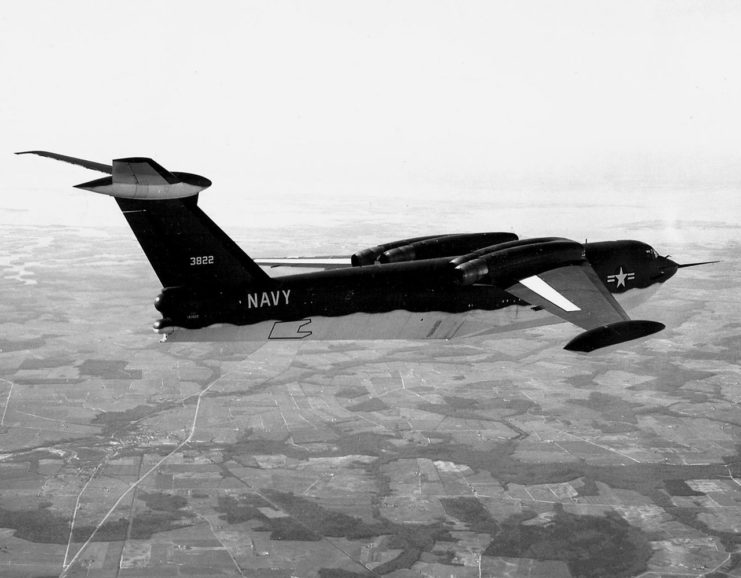
Why doesn’t the Navy use flying boats anymore?
Today, the US Navy is rather unconcerned with flying boats, unlike China and Russia. They saw plenty of service during WWII, but by the war’s end they were fading into obscurity. The island hopping campaign led to the construction of airfields large enough to handle heavy bombers all over the Pacific. Additionally, newer jet aircraft flew much faster and further. These developments combined made large flying boats relatively unnecessary in the modern world.
Some manufacturers tried to market their flying boats for commercial travel to remote areas, but they simply couldn’t compete with continuously improving passenger jets and infrastructure.
Flying boats still exist today as their advantages are still useful in isolated locations and fighting fires.
